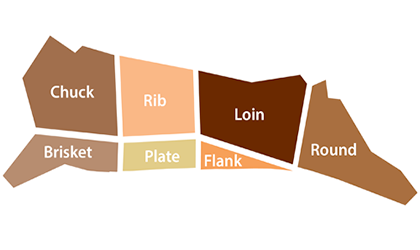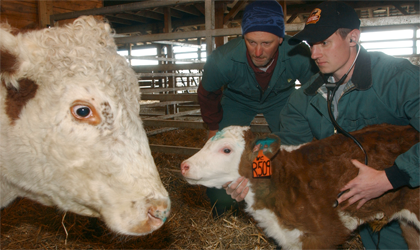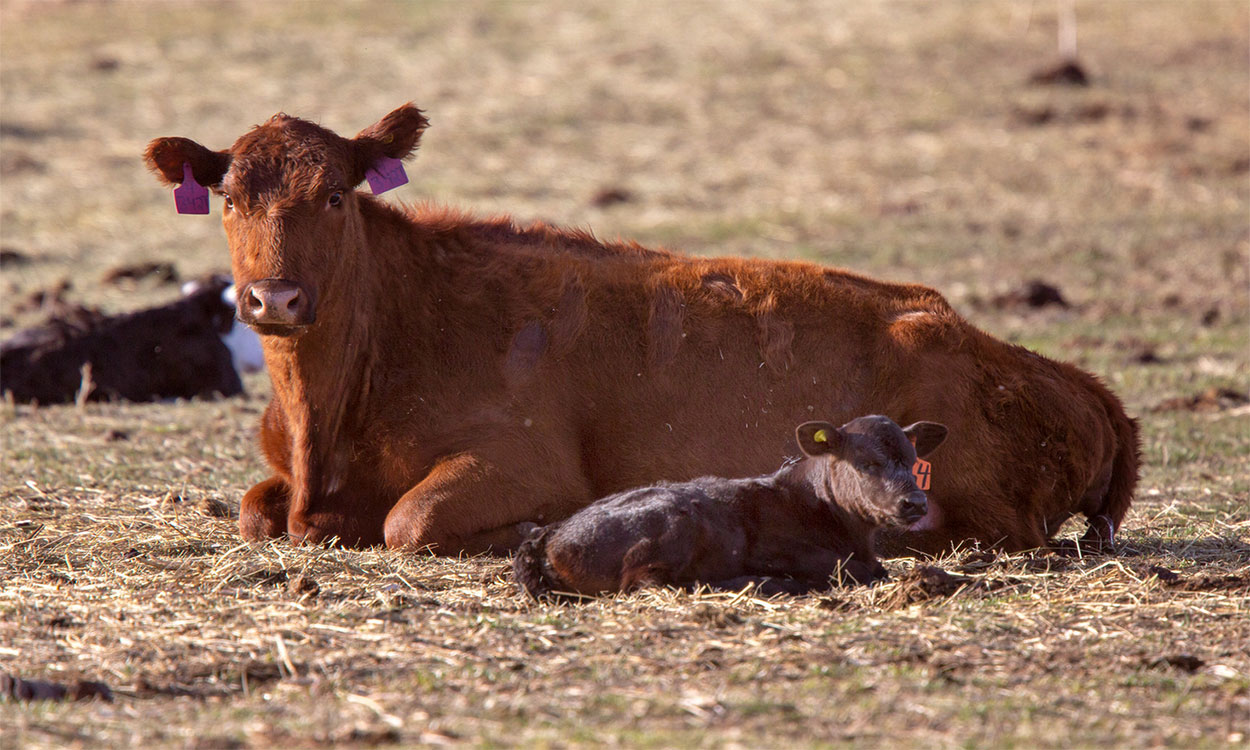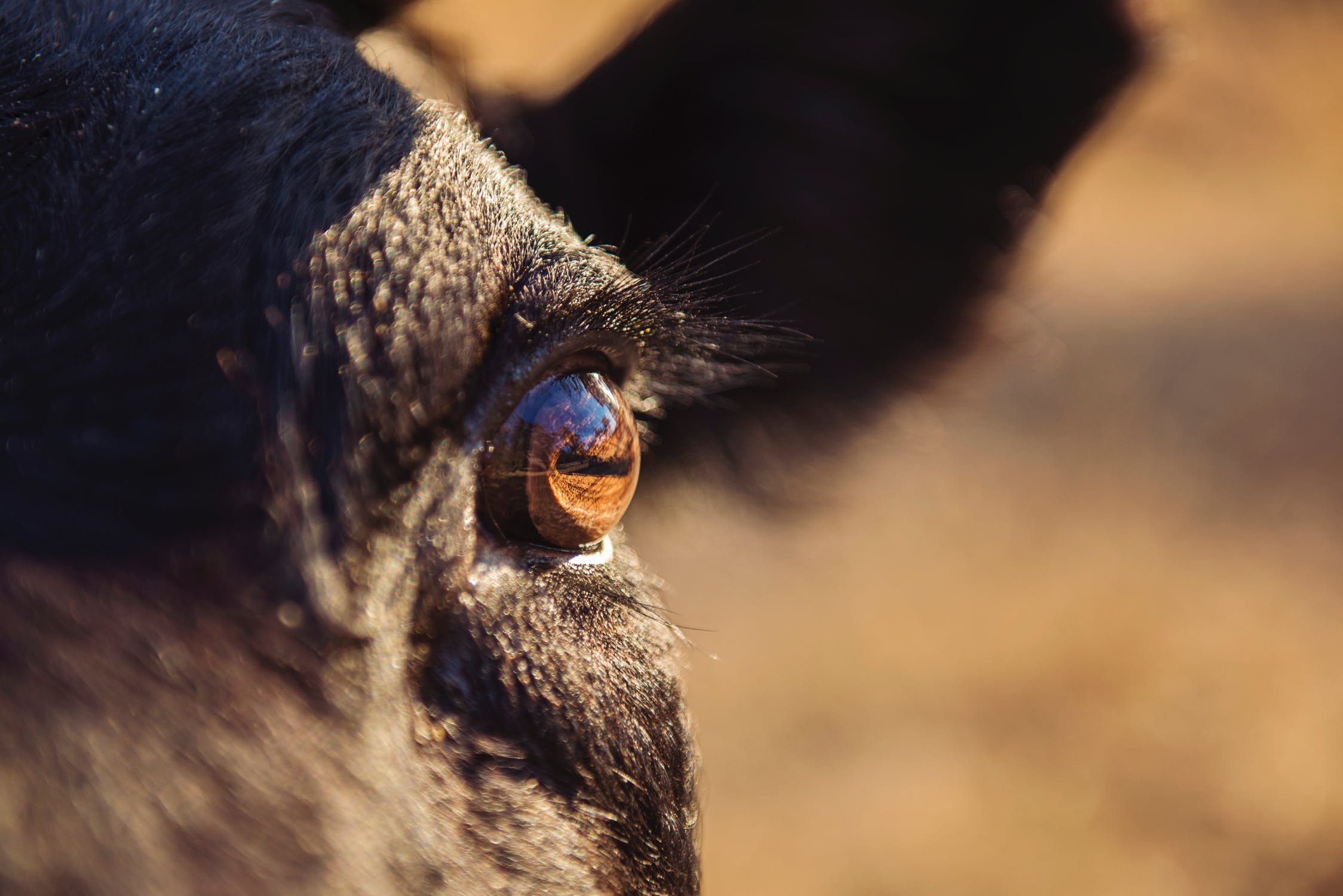Search

Adding Value to the Beef Carcass: Getting to know the value cuts
New value cuts have provided value back to the beef supply chain. Alternative fabrication provides consumers with more options and increases per head carcass value.

Are You Moving Enough Air in Your Calving Barn? Part 2: Effects of ineffective winter ventilation
High humidity, moisture, and increased levels of air contaminants due to ineffective ventilation can lead to significant health issues in our animals. This is especially of concern to our most sensitive sub-population, newborns and the very young. Even calves that receive adequate colostrum and a good nutritional start to life will have health challenges if they live in highly contaminated environments.

Buying Beef at the Grocery Store
The tremendous number of choices available to beef consumers offers a cut for any meal, but can also leave the most confident consumer puzzled as to the proper cut that should be purchased. Use this guide to help you select the ideal beef cut for your occasion.

Preventing Dystocia Before Calving Season Starts
Take time to understand the stages of labor and ensure best practices are in place to minimize dystocia during the calving season.

Nitrates and Livestock Water Quality
Nitrate poisoning is something we think about with forages such as millet, oats, corn, sorghum, sudan, kochia and others that have been fertilized or if there is a drought, but water can also be a contributing factor.

Anaplasmosis: Is it a problem in the Northern Plains?
Cattle producers have been hearing more and more about a disease called anaplasmosis. This disease recently appears to have become more common in areas not previously affected. The disease is typically associated with cattle herds in warmer areas of the country, but is it ever a problem up here on the Northern Plains?

Anthrax: Vaccination Considerations
Anthrax is caused by bacteria, Bacillus anthracis, which has the ability to form very resistant spores in the soil. These spores can remain viable for many years on pasture, and become reactivated when the right environmental conditions exist. Fortunately for cattle producers, losses due to anthrax can be prevented through use of a vaccine that has proven its effectiveness through the years.

Blue-Green Algae and Livestock
With warmer temperatures, the conditions are right for blue-green algae blooms. Different species of blue-green algae contain various toxins, which can poison livestock, resulting in rapid death.

Local Foods: Whole Fresh Vegetables and Herbs
Fresh, whole raw fruits and vegetables grown in South Dakota can currently be sold without a food service license from the South Dakota Department of Health.

Training Gardens and Business Incubators
Community gardens are associated with urban areas and food production. However, community gardens can also be used as job training sites or small business incubators.